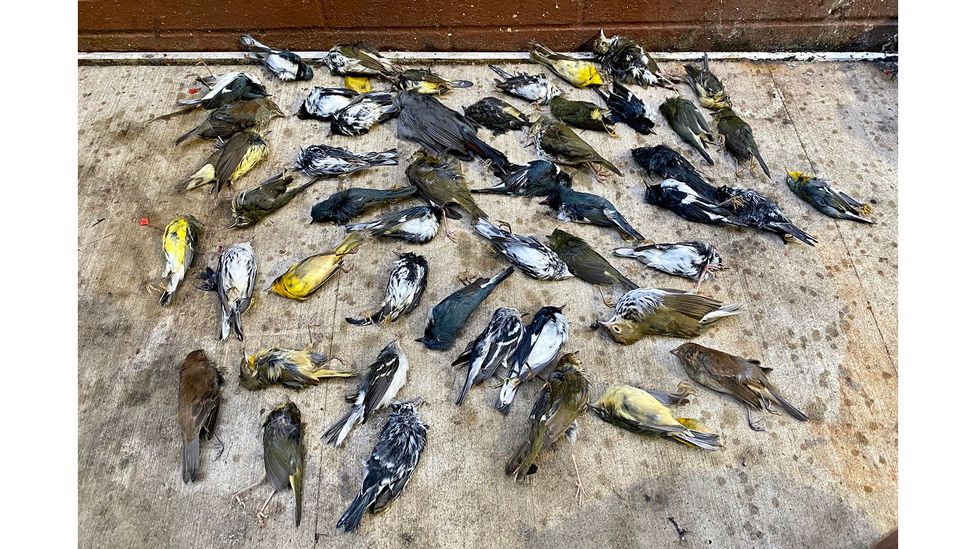~Light will guide you home~ – as famously chorused by the British band Coldplay. However, this might not be the case for some creatures – more commonly sea turtles, migratory birds, and other nocturnal animals. In this blogpost, we will examine light’s impact on the navigational abilities of biodiversity.
Light from natural sources such as the moon and stars are often used by nocturnal animals for navigational purposes. Artificial and excessive lighting can affect their ability to navigate and orientate themselves.
Sea turtles spend the majority of their time in the oceans but go to the shore to hatch their eggs. These hatchlings utilise the reflection of the moon on the water surface to direct themselves towards the ocean. However, the presence of artificial lights around the coastline misleads them, causing them to move away from the ocean and inland instead – where light is abundant. Thousands of turtle hatchlings die every year in Florida due to this issue as they are run over by vehicles or are eaten. Besides, artificial light also alters the migratory route and behaviours of migratory birds, causing them to go off-course. It is estimated that millions of migratory birds die every year (yes, you heard it right – millions) as they collide with illuminated buildings and infrastructures at night.
*Warning: gruesome image ahead*

Figure 1: migratory birds collected by an NGO group in Philadelphia, due to collisions with illuminated infrastructures
Excessive light results in a loss of navigational ability in wildlife, causing the lives of many creatures every year, and is a prominent issue of concern. Light may guide us home, but the same is not to be said for the biodiversity around us – and we will explore the other implications of light on our biodiversity in the next post. Till then!
References
Daniela Torres Diaz, Jenkins, S. and Svenja Tidau (2020). The Moon and stars are a compass for nocturnal animals – but light pollution is leading them astray. [online] The Conversation. Available at: https://theconversation.com/the-moon-and-stars-are-a-compass-for-nocturnal-animals-but-light-pollution-is-leading-them-astray-142301#:~:text=Many%20nocturnal%20animal%20species%20use,of%20food%2C%20shelter%20or%20mates.&text=Dung%20beetles%20become%20disoriented%20when,species%20interact%20with%20each%20other.
Feingold, L. (2019). Big Cities, Bright Lights And Up To 1 Billion Bird Collisions. [online] NPR.org. Available at: https://www.npr.org/2019/04/07/710847132/big-cities-bright-lights-and-up-to-1-billion-bird-collisions
International Dark-Sky Association. (2016). Light Pollution Effects on Wildlife and Ecosystems – International Dark-Sky Association. [online] Available at: https://www.darksky.org/light-pollution/wildlife/
Light Pollution and Wildlife International Dark-Sky Association. (n.d.). [online] Available at: https://www.globeatnight.org/dsr/dsee/IDA%20Resources/IDA%20Light%20Pollution%20Brochures/IDA%20Light%20Pollution%20and%20Wildlife%20Brochure.pdf.
Paddison, L. (2021). The argument for switching off lights at night. [online] Bbc.com. Available at: https://www.bbc.com/future/article/20210719-why-light-pollution-is-harming-our-wildlife